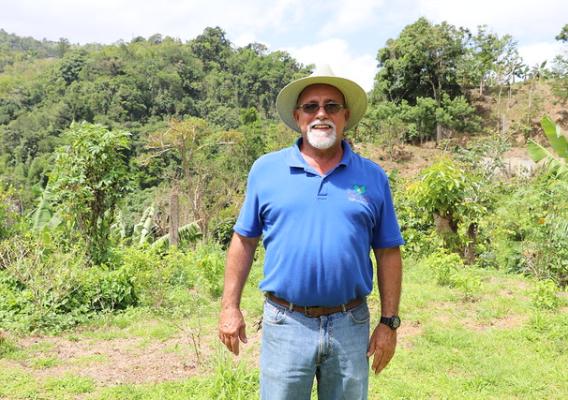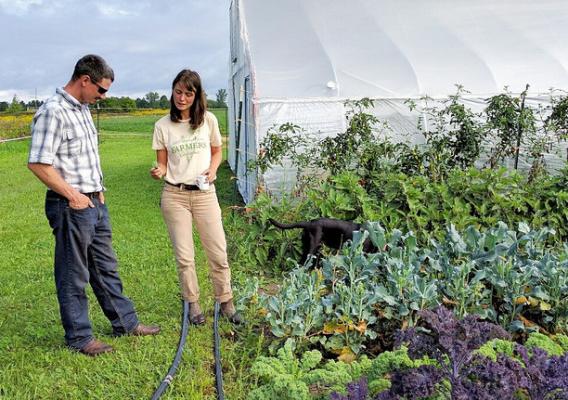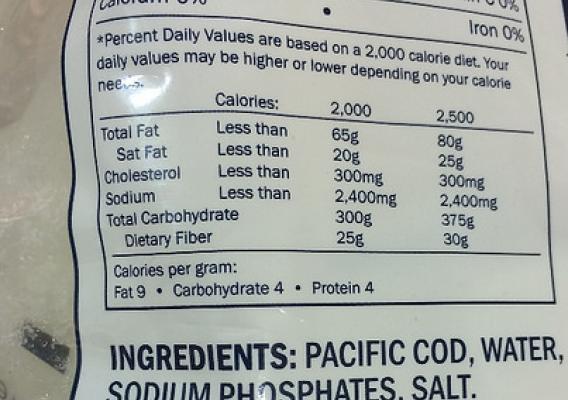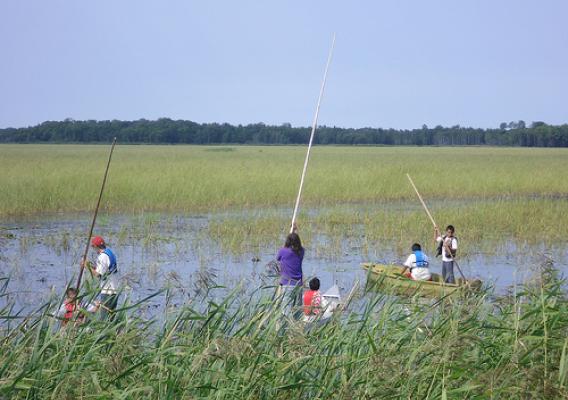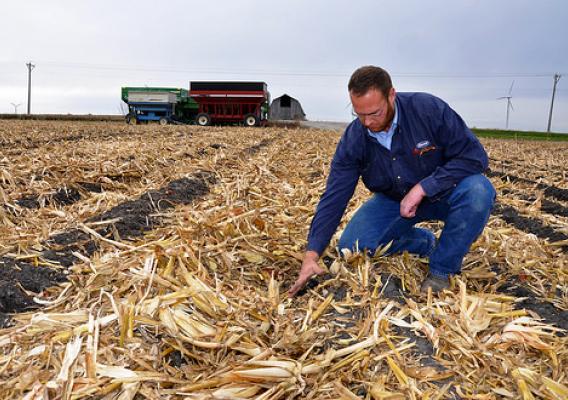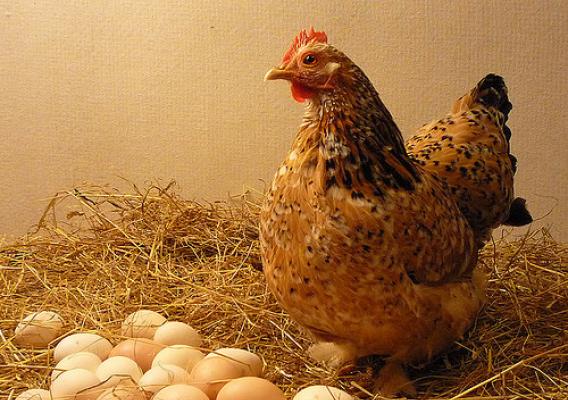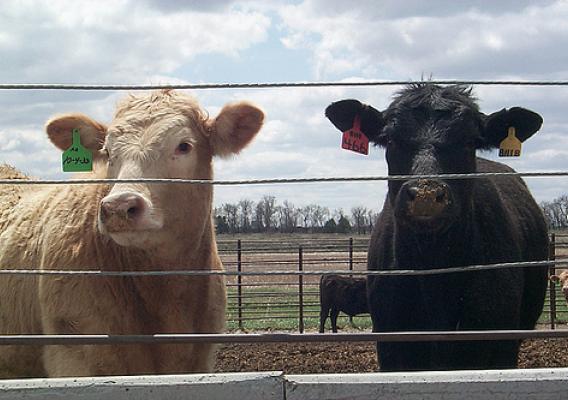From Facebook to Snapchat, rural businesses are exploring how to use social media to improve their customer’s experience and expand their customer base. Over the last eight years, USDA and the Obama Administration have partnered with rural communities to build more opportunities that support rural small business owners, farmers and ranchers through applied research. Today USDA awarded nearly $1 million in Federal-State Marketing Improvement Program (FSMIP) grants to support market research to strengthen markets for U.S. agricultural products domestically and internationally.
Administered by USDA’s Agricultural Marketing Service (AMS), FSMIP projects make a real difference to diverse stakeholders and largely benefit rural communities. For example, in 2013, FSMIP awarded a 2-year grant to Kansas State University to develop social media strategies for small green businesses, including nurseries, garden centers and lawn care operations, and to explore the potential of social media to expand their markets and profitability. Social media holds promise as a strategy for these rural businesses which frequently have a small customer base and struggle to be profitable throughout the year, given the seasonal nature of their business. Through social media, business owners could reach more potential customers for little to no cost but they often do not know how or why they should use these tools.

